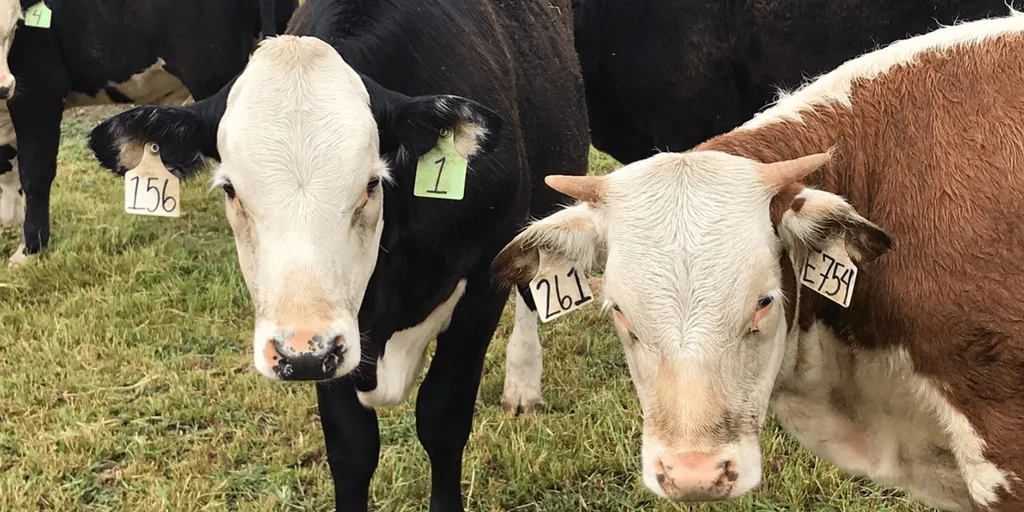In a groundbreaking assessment published in the EFSA Journal, the European Food Safety Authority’s (EFSA) Panel on Genetically Modified Organisms (GMO) has shed light on the adequacy of current risk assessment guidelines for animals developed through new genomic techniques (NGTs). The study, led by the EFSA GMO Panel, evaluates the potential hazards and risks associated with these advanced biotechnological methods, offering crucial insights for the agricultural and energy sectors.
The research, which involved a comprehensive horizon-scanning exercise, identified a variety of animals produced using NGTs that could potentially enter the EU market in the near future. The findings reveal that no novel hazards have been linked to the modification process or the newly introduced traits when comparing SDN-1, SDN-2, and similar techniques—such as base editing or prime editing—to established genomic techniques (EGTs) or conventional breeding.
“Our thorough evaluation indicates that the hazards posed by these new techniques are of the same nature as those associated with conventional methods,” stated the lead author, the EFSA Panel on Genetically Modified Organisms. “This suggests that the current risk assessment frameworks are largely sufficient, though some areas may require updates or enhancements to fully address NGT-related risks.”
The study highlights that hazards posed by SDN-3 are comparable to those of EGTs, with the added benefit that targeted insertion may reduce potential hazards related to the disruption of endogenous genes and regulatory elements. Similarly, hazards from traits resulting from introduced transgenic or intragenic DNA sequences are akin to those from EGTs, while those from cisgenic DNA sequences are comparable to conventional breeding. Off-target mutations from genome editing, the research notes, are similar in nature to those from conventional breeding and do not pose novel hazards.
This assessment is particularly relevant for the energy sector, as advancements in biotechnology can lead to more efficient and sustainable agricultural practices, which in turn can support bioenergy production. The study’s findings suggest that the current EFSA guidance documents provide a solid foundation for assessing the risks of NGT animals for food, feed, and other agricultural uses. However, the texts may need partial updates, adaptations, or enhancements on a case-by-case basis to fully address NGT-related risks, particularly in areas such as animal health and welfare.
The research published in the EFSA Journal, which translates to the European Food Safety Authority Journal, underscores the importance of staying abreast of technological advancements and adapting regulatory frameworks accordingly. As the agricultural and energy sectors continue to evolve, this study provides a critical benchmark for ensuring the safe and responsible development of biotechnological innovations.
The implications of this research are far-reaching, potentially shaping future developments in animal biotechnology and guiding policy decisions to foster innovation while safeguarding public health and the environment. As the lead author noted, “This assessment is a stepping stone towards a more nuanced and informed approach to risk assessment in the era of new genomic techniques.”

